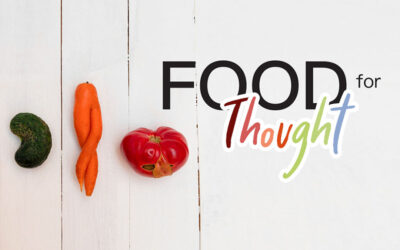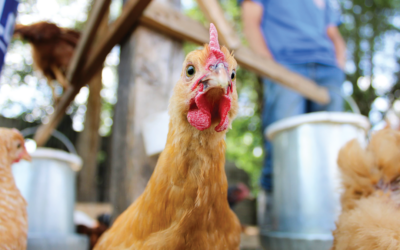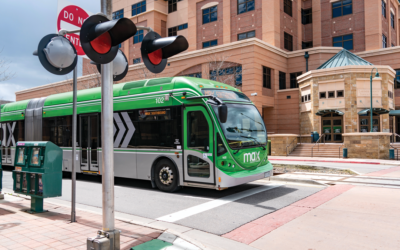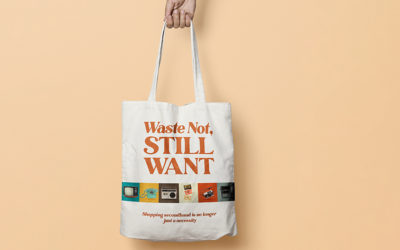– Photos by Jordan Secher –
Tim Veldhuizen rises before the sun in all weather these days to milk his 11 cows, 46 goats and 32 sheep on a dairy farm he’s leasing near Masonville.
After four hours of milking, he tends to the baby animals, bottle feeding them several times a day because if you’re in the business of making cheese, milk production is the number-one goal. For this reason, the babies are separated from their moms at birth. When the animals are settled, Veldhuizen makes cheese.
The successful Colorado restaurateur owned eight restaurants, including the Greeley and Loveland Chophouses and one during a four-year stint in Argentina.
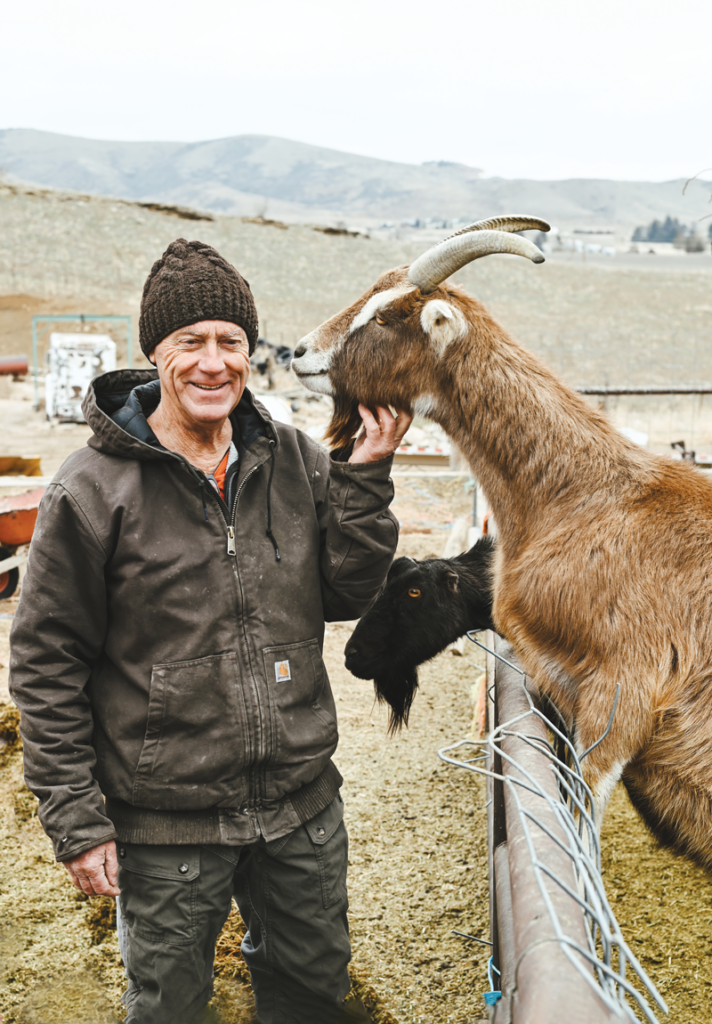
Veldhuizen grew up in Loveland, moving there with his parents from Rochester, Minn., in 1963 when he was a year old. The family made the move west after his dad received an offer to be a counselor in a new Loveland high school.
Although Veldhuizen’s original plan at Whitworth University in Spokane, Wash., had been to study business and get into sporting goods, a summer job cooking at an Ouray restaurant in 1982 set him on a culinary path.
After graduating, he bought a one-way ticket to London, and equipped with a bicycle and $300, meandered around Europe. That fall he rode to Switzerland, landing a bakery job in Mürren, a little village without cars.
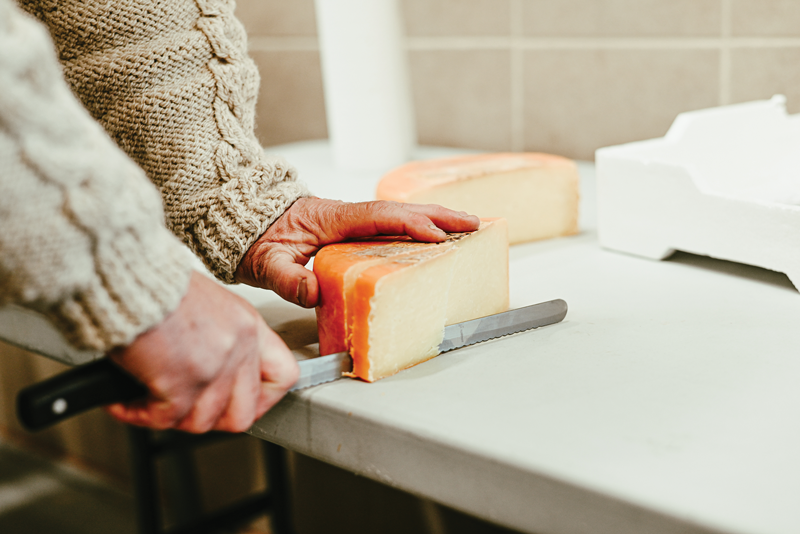
“I became friends with a young man who operated a ski lift in winter and in summer he tended a chalet. It was just a barn that you hiked 3-4 miles up to get to. There was no electricity, and the water came from a little spring. He milked goats in the morning and made cheese in a little copper vessel over the fire to sell to hikers who passed by. That was his summer job,” Veldhuizen says. “The cheese was like ricotta that you put on bread with honey. It was primitive but enjoyable.”
Veldhuizen finds making cheese to be fairly simple. First, he heats unpasteurized milk and then adds bacteria that give a cheese its particular flavor. The cultures grow for an hour before he adds rennet to coagulate the milk.
“It looks like a giant pot of Jello,” he says. “Then you cut the curd—what happens when the milk coagulates—into 3/8×3/8-inch cubes. Those get heated to 100 degrees while stirring constantly. A liquid called whey is released from the curds and the curds are removed, put into a form and pressed, usually overnight.”
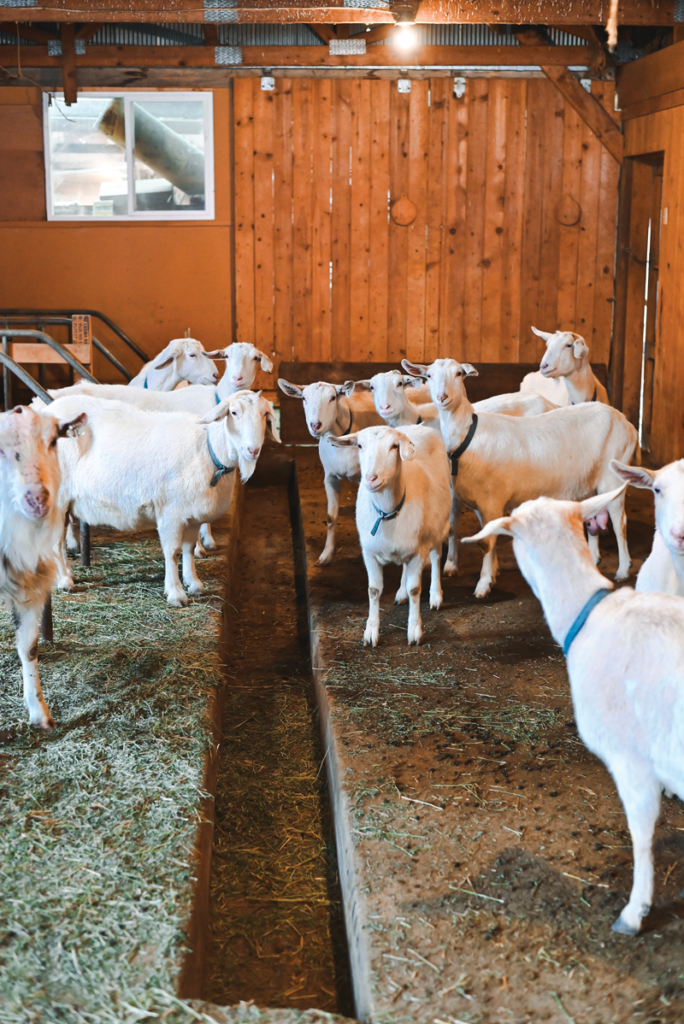
Then he ages the cheese, which in the United States must be for at least 60 days. Aging is what creates more intense flavor. Cheeses such as Parmesan or Romano are aged for up to eight years to give them a sharper, drier taste.
“In Switzerland, you can sell raw milk cheeses, but the U.S. is exceptionally zealous about food safety,” he says.
After a year in Europe, he returned to the States and got a dishwashing job with the Summit in Loveland. An opportunity to buy into the restaurant happened a year later, which he owned for nine years before selling it to build McGraff’s American Grill in 1995.
“That was a nice pub sort of place, with casual food executed very well,” he says. “Then I opened the Loveland Chophouse in 2002, three days before my daughter was born. My wife asked me what I was thinking at the time, given all that was going on. It was bad timing, but it worked.”
Veldhuizen also opened Cipoletti in Loveland, naming it after his wife’s grandmother’s maiden name.
The Veldhuizens sold the three restaurants in 2008, moving to Mercedes, Argentina, a town near Buenos Aires where her family lives, so their children could create a relationship with her family and learn Spanish.

“We loaded up the four kids in our Suburban and drove to Panama, shipped the car to Cartagena, Colombia, drove down the Pacific coast to Chile, cut up over the mountains and into Argentina. It was four months of exploring. We kind of home-schooled the kids along the way and arrived in Mercedes on March 2. The kids started school the next day.”
He says they struggled with the language at first, but now they’re fluent. Running a restaurant in a foreign country was a much greater learning curve. In fact, he never really got the hang of it, he says.
“We made a living, but as an outsider, all the cultural nuances are difficult. We came back because Argentina is a non-functioning country,” he says, citing instances of weekly corruption by police, the labor union and the fire department.
“‘Give us some money or we’ll shut you down,’ they’d say,” he explains. “It’s a cultural thing but it doesn’t work for me.”
After nearly four years, the Veldhuizens returned to Colorado and opened the Greeley Chophouse, Moody’s (also in Greeley) and the Butchery in Arvada. But his wife became sick, and he decided it was time to call it quits in the industry, selling the restaurants and partnering with his brother to do construction.
“My brother and I thought that would be a good idea, but working with family wasn’t.” The brothers split, although Tim kept his general contractor’s license and still does construction projects.
That’s when his real passion—cheese—crept back.
“I like the fact that it’s a popular food item. It tastes good, it’s very nutritious and I like being involved in the entire process. The new babies are born, I milk the cow, we make the cheese, age the cheese, and having people enjoy it is special,” he says.
During breeding season, life is calmer, but he’s expecting babies on April 4.
“That’s when my life changes, I’ll tend to babies, milk animals and make a lot of cheese,” he says.
His goal is to take the best possible care of his animals, even though the moms have to be separated from their babies at birth.
“The mom quickly gets into the milking system, and you become her friend because you’re relieving her pressure, giving her attention, feeding her. Likewise, you become the mom for the babies. When you go into the barn in the morning, you get attacked. It’s a mob scene.”
Socializing the babies so they’re comfortable around people is important before they enter the milk system. Veldhuizen names all his goats and his cows, a rare Dutch Belted breed he bought from an Amish farmer in Pennsylvania, traditional Dutch girl’s names.
“There’s Grystje, Suus, Maaike,” he says. “There are 350 pure bred Dutch Belted cows in the United States, and I have 11.”
The sheep are also hard-to-find breeds, including the Dutch East Friesian, French Lacaune and middle-eastern Awassi, which are bred to yield more milk than most sheep breeds. He feeds them alfalfa and grass fodder to develop strong-tasting cheeses like Manchego and gouda. Cow’s milk is used for cheddar, gouda, German Alpine cheese and Italian Alpine cheese; the goat milk produces Garrotxe, a semi-firm Spanish Pyrenees style and Murcia, a semi-hard south-eastern Spanish cheese.
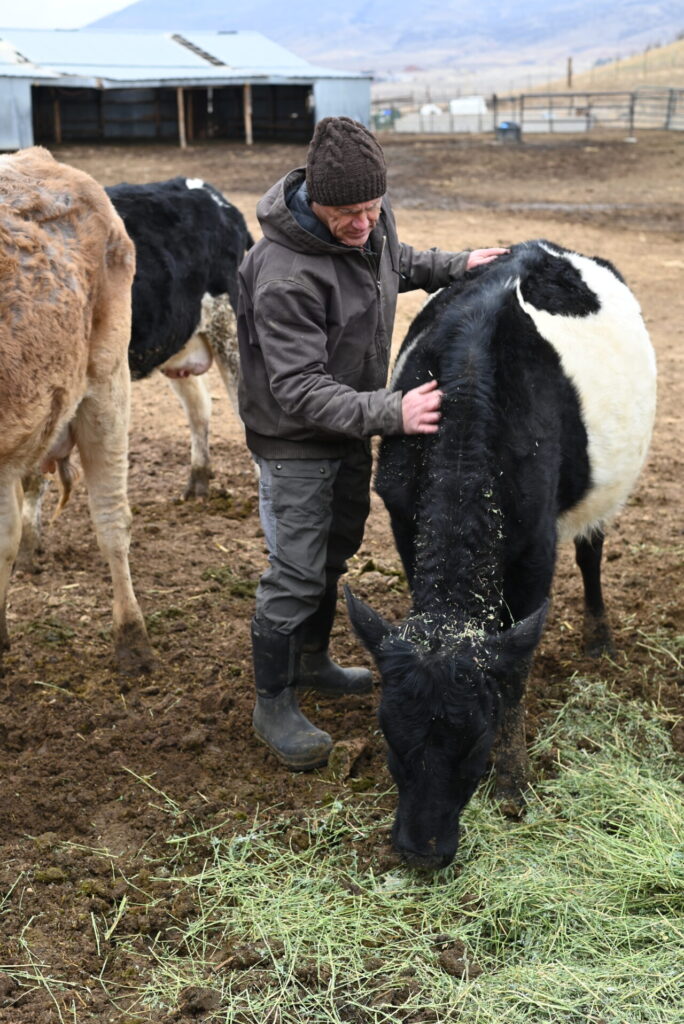
To get a taste of Veldhuizen’s cheeses, he’s distributing through the Cheese Importers in Longmont. One of his old restaurants, the Loveland Chophouse, buys direct for their charcuterie board.
He hopes to create a farm store at Timberlane Farm by fall 2023. It’s a historic, quaint property dating to 1870 located at 2306 East 1st Street in Loveland. Along with cheese, the store will sell pork, beef, chicken and other small local farmer’s products. Down the road, he hopes to build out an existing structure to create a farm-to-table restaurant.
Veldhuizen acknowledges the hard work but thinks it’s a great lifestyle.
“I’m out at 5 a.m. in minus 16 temps. It’s not fun for me or them,” he says, referring to his livestock. “But other days the sun is shining and it’s a beautiful morning.”
____________________________________________________________
Emily Kemme is an award-winning novelist and Colorado food writer. If she’s not tapping
the keyboard, you’ll find her stirring a pot, always at her two collies beck and call.




